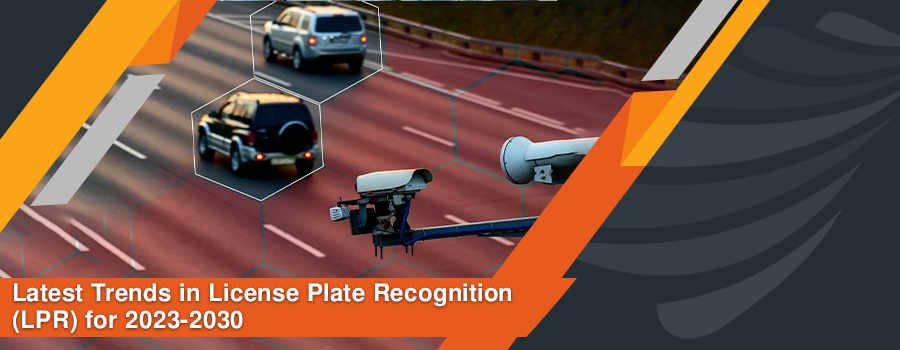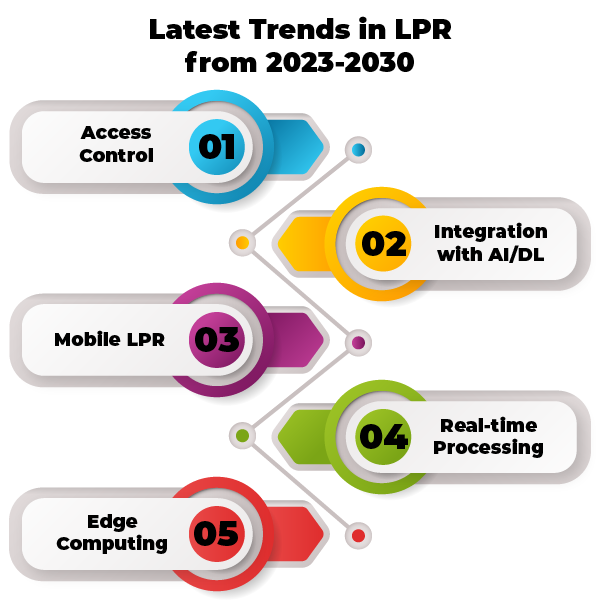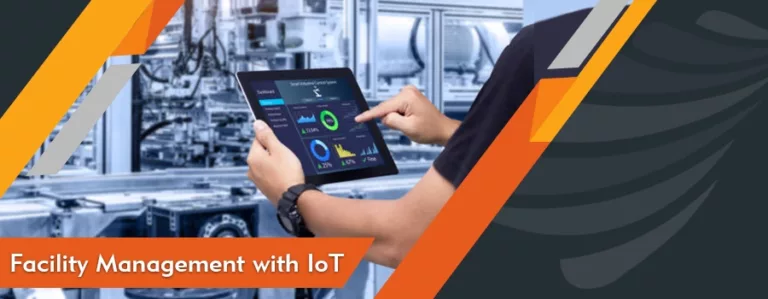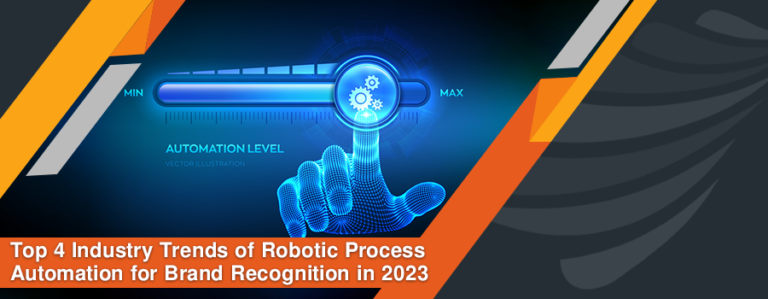In this fast-paced world, the increase in traffic congestion, street crimes, and vehicle thefts highlight the need for vehicle authentication. License Plate Recognition (LPR) uses cameras that automatically detect and read license plates. It allows the authorities to detect unauthorized or illegal cars smartly and help in traffic law enforcement and parking management.
This blog helps you to understand LPR, its market demand and analysis, factors affecting its market, and the latest trends in 2023-2030.
What is License Plate Recognition?
License Plate Recognition (LPR ) is a smart technology that uses cameras to capture license plate images of vehicles passing around its limits. The captured images are then processed. Advanced algorithms analyze the images to determine whether they meet specific criteria like license plate shape and size.
For Optical Character Recognition (OCR), ANPR software mostly converts the characters identified on license plates into codes. These alphanumeric codes then compare databases of registered vehicles, car theft complaints, and illegal cars to identify their targetted vehicle.
After vehicle identification, the LPR system easily tracks and monitors vehicles in real time, and the obtained data is stored in a database for later use.
Market Analysis of LPR
The global market size of LPR cameras increased to 430 million USD in 2022. Global market analysis report highlights that the market size will increase to around 743 million USD in 2029.
Different companies are working on manufacturing LPR, including Conure Telecom Services. Not only do the companies manufacture but also promote the products via digital marketing. In turn, we observe an increase in product awareness and demand.
Factors Affecting the Market of LPR
1. Market Demand
The demand for LPR depends on economic conditions, public awareness, traffic situation, and the drive to develop smart cities. Developed countries like the USA, Canada, and Saudi Arabia are more towards its implementation, resulting in increasing demand for LPR.
To illustrate, OLIOS-LPR is implemented in St. Pete Beach, Florida, USA. The purpose is to provide secure parking at the beach without any hassle.
Considering the market demand in developing countries, many face basic life issues like poverty and food scarcity. To meet the expenses of necessities, they invest less in technological advancements like LPR, resulting in a low market demand.
2. Data Privacy Concerns
The data is stored on the cloud, and the whole processing is done via different software and networks. There are increased risks of potential misuse, privacy invasion, and hacking.
However, this concern can be addressed by installing and maintaining robust data protection systems.
3. Government Regulations
Governments with stable economies work on making policies for infrastructure development. Government policies for data privacy, data retention, technology use, and international trading greatly impact the LPR updates.
Implementing strict rules and regulations may limit the deployment of LPR, while growth-based regulations promote it.
4. Economic Factors
Economic factors such as GDP growth, development, and urbanization rates greatly impact the LPR market. Countries with good economic conditions have huge investments in technological advancements to secure and develop their infrastructure.
It also highlights the need to modernize transportation systems, and LPR is one of the major parts of it.
Latest Trends in LPR from 2023-2030
LPR is a new technology and has different applications that increase its worth. Some of the latest trends of LPR are:
1. Access Control
Most LPR systems have an accuracy rate near 95%; therefore, they are trustworthy for security purposes. The installation of multi-camera LPR allows the capturing of a wider view of the roads. It increases the system’s accuracy and helps effectively solve crime cases.
The access control feature is one of the fascinating features of OLIOS-LPR to enhance security. It allows the ANPR systems to integrate with access control systems, including doors, gates, and parking lots, allowing only authorized cars to enter. This automated feature increases the confidence and trust of people to park their cars without fear of theft or damage.
2. Integration with AI/DL
The LPR system is modernized by integrating artificial intelligence (AI) and deep learning (DL). The deep learning algorithms help to identify license plates in challenging situations such as obstructed view, heavy rain, and low light.
Integration with AI allows the system to analyze real-time data, allowing risk analysis and identifying suspicious activities. Also, it is effective for predictive analysis, enhancing public safety, and reducing criminal acts.
3. Mobile LPR
We can observe the application of mobile LPR in the police and traffic control department. LPR systems are mounted on the cars of the authorities to help them meet their purpose.
When police use cars mounted with LPR, it becomes easy for them to chase criminals or those who violate the laws. On the other hand, it helps traffic controllers to enforce laws and manage citations.
4. Real-time Processing
Real-time processing of license plate data is crucial for parking management, law enforcement, and other applications. Real-time LPR systems allow the capturing and processing of large amounts of data efficiently.
It allows the system to evaluate every detail, allowing enforcement officers to resolve disputes and criminal cases timely.
5. Edge Computing
Edge computing refers to the deployment of storage resources and computing at the place of data production. It ideally stores and computes data at the same point as the data source at the network edge, allowing fast processing and information sharing.
LPR systems can integrate with edge computing devices, reducing latency and data processing time. It is valuable for rapid response applications, such as security measures and toll collection.
We must remember that these trends are a glimpse of the potential future benefits of LPR technology. The deployments may depend on factors such as finance, security, public acceptance, regional regulations, and weather conditions.
In a Nutshell
The latest trends in LPR technology greatly influence the innovation of future security and vehicle authentication systems. AI, DL, edge computing, multi-camera, and mobile LPR are expected to enhance LPR systems’ accuracy, efficiency, and scalability performance. LPR’s advanced features and integration capability with other technologies increase its applications in different fields like traffic enhancement, parking management, autonomous driving, and the development of smart cities.






